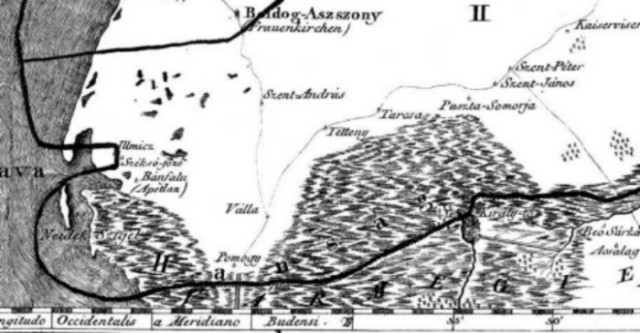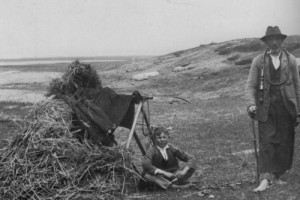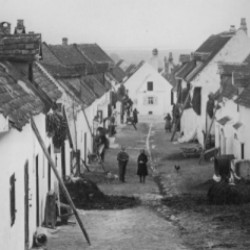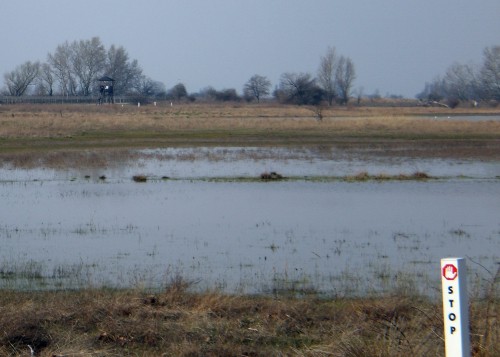|
The
lake corner was the most hidden place in Burgenland. In Pre-Burgenland times,
there was only a swamp in the south and a lake in the west. After the building
of Burgenland, this lake corner became a border in the east, too. The next
bigger town was Vienna, to which many people immigrated. Before the border
between Austria and Hungary was open, people could only travel around the
Lake-Corner by going around the north side of the area. Since
Hungary joined the European Union a few years ago, the Austria-Hungary border
has been open. Now people can also drive around the south
side of the Lake-Corner. For example, it's closer to get from
Tadten to Eisenstadt by driving around the south side of the Lake-Corner.

In earlier days,
the Lake Corner was a very dangerous area to live. Several times, plagues such
as diphtheria or cholera killed many people and shrank villages' populations.
The main cause of such plagues was the swamp on the south side of the lake and
beside it. Many insects and an almost moist landscape brought other plagues.
 Also, the nearby flat lands (or "Puszta", in Hungarian) were used as
a herdsmen's grounds, with many herds of horses, pigs, and sheep, which caused
the collapse of clean drinking water. Many wells' water was poisoned, as a
result, and both people and animals died. Finally, the houses were roofed with
reeds, so if one rooftop burned, the whole village would burn down.
Also, the nearby flat lands (or "Puszta", in Hungarian) were used as
a herdsmen's grounds, with many herds of horses, pigs, and sheep, which caused
the collapse of clean drinking water. Many wells' water was poisoned, as a
result, and both people and animals died. Finally, the houses were roofed with
reeds, so if one rooftop burned, the whole village would burn down.
But after recognizing the connections, the problems became solvable.  Also, to dry the swamp at the so-called "Hansag", the area between
some villages like Tadten or Andau and the southern border to Hungary made the
land useful, producing many crops. The houses changed from mud huts to real
stone or brick, built with a tiled roof.
Also, to dry the swamp at the so-called "Hansag", the area between
some villages like Tadten or Andau and the southern border to Hungary made the
land useful, producing many crops. The houses changed from mud huts to real
stone or brick, built with a tiled roof.
After the start of the tourism about 1960, everything changed. Many areas beside
the lake become camping areas. Some restaurants were established, every house
got some bed-and-breakfast rooms, and water sports' grew. Everybody looked to
establish their own part in this business.  Some new factories started, like yacht builders and sportswear manufacturers.
The crops also changed, from grain and cereals to wine and fruits, mostly apples.
Many farmers changed everything and, as a result, they needed new engines and
vehicles. The Puszta disappeared and the rest of the swamp became a national
park, devoted in part to saving some species of birds. Thus, the park became an
attraction for ornithological tourists.
Some new factories started, like yacht builders and sportswear manufacturers.
The crops also changed, from grain and cereals to wine and fruits, mostly apples.
Many farmers changed everything and, as a result, they needed new engines and
vehicles. The Puszta disappeared and the rest of the swamp became a national
park, devoted in part to saving some species of birds. Thus, the park became an
attraction for ornithological tourists.
|